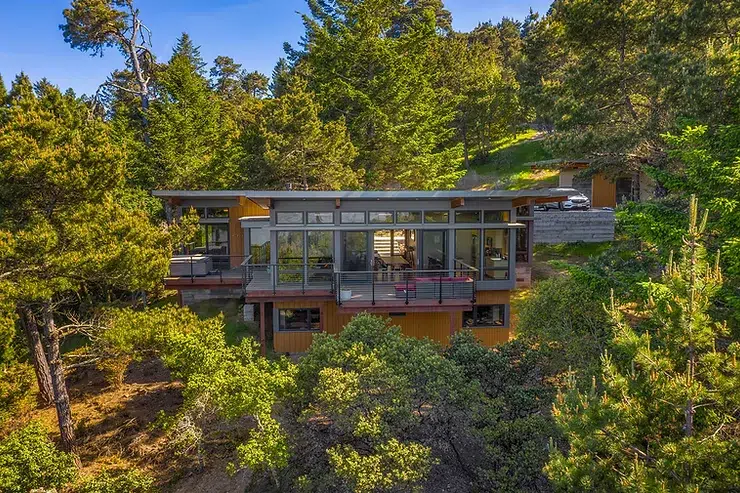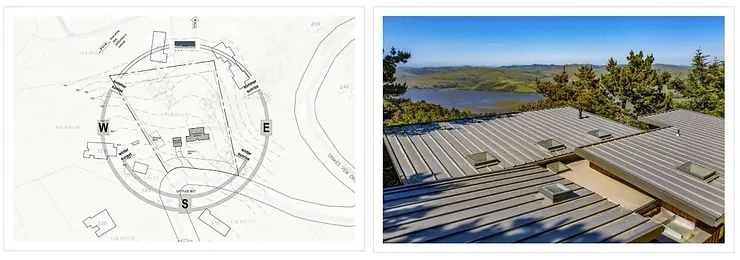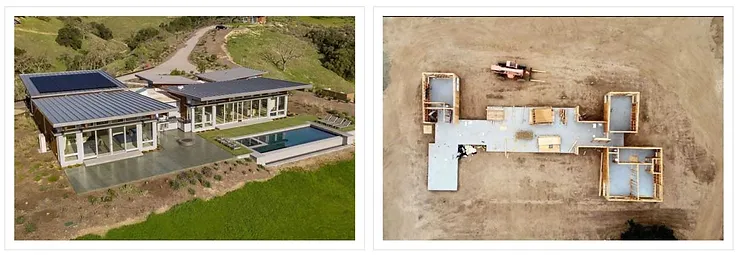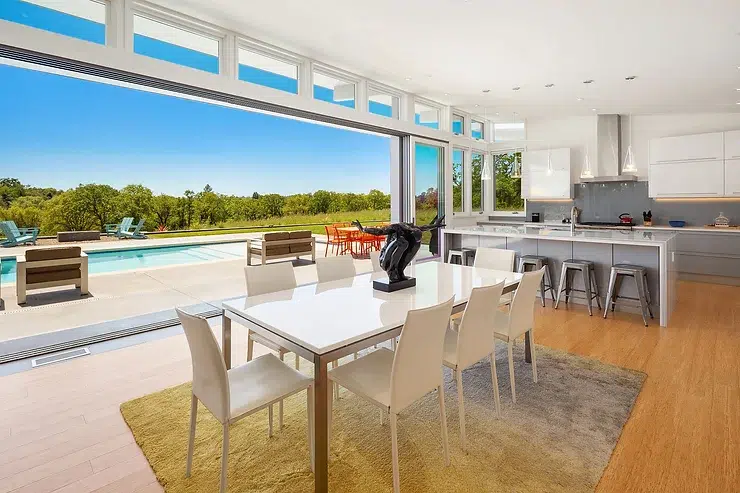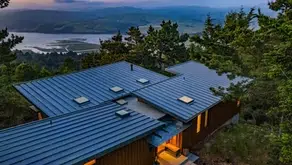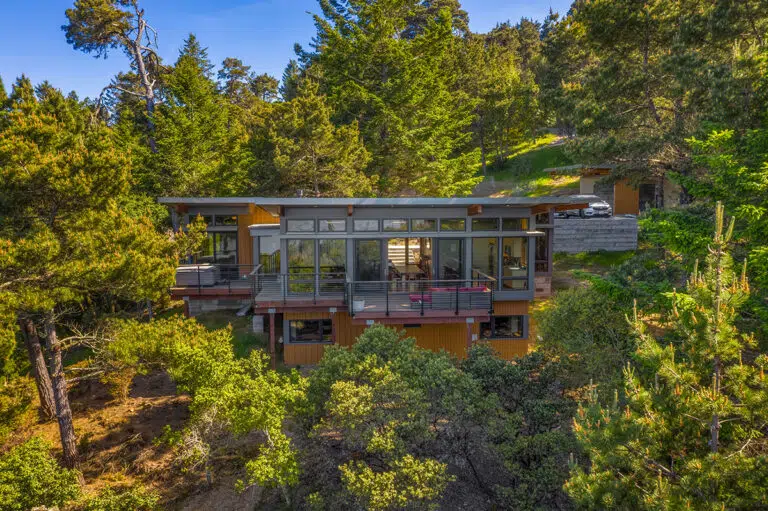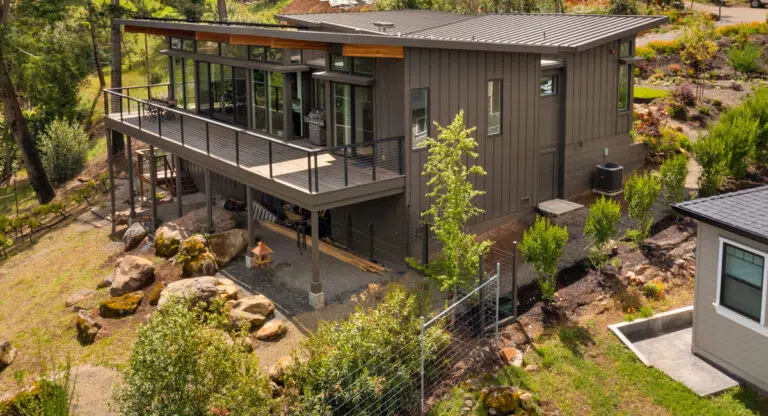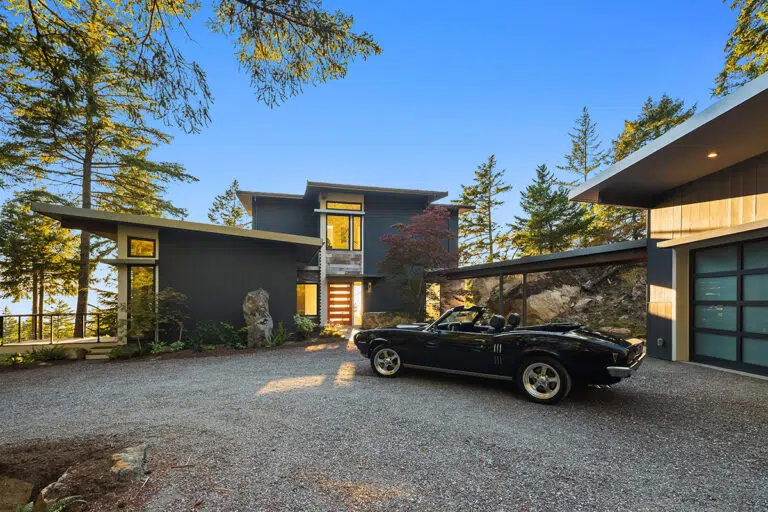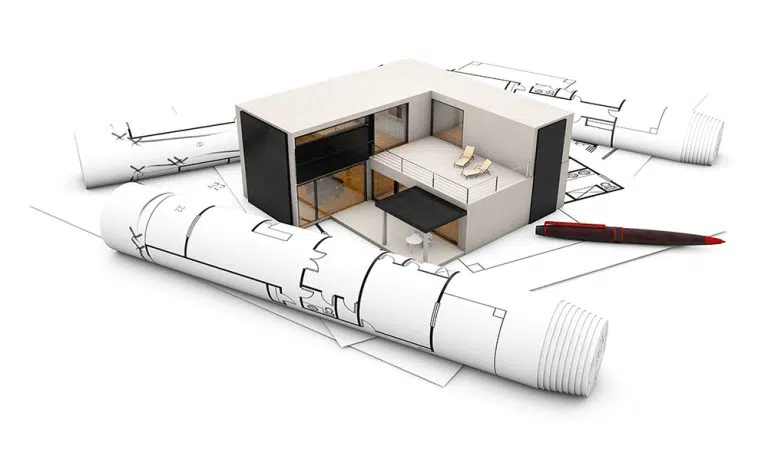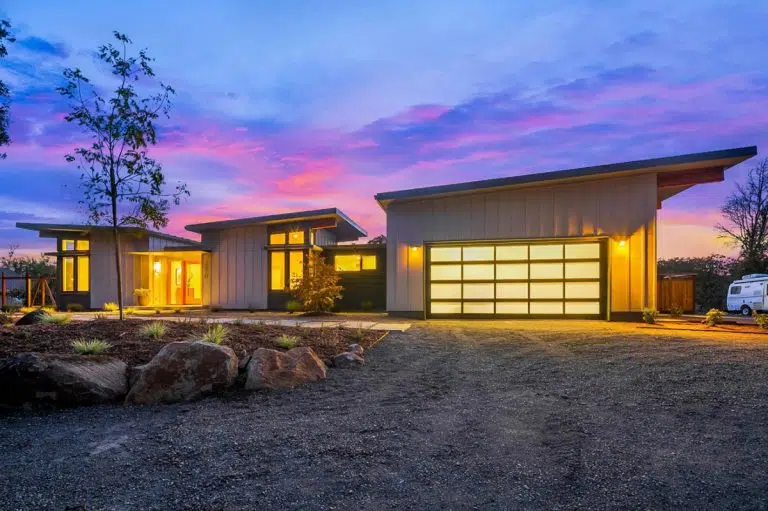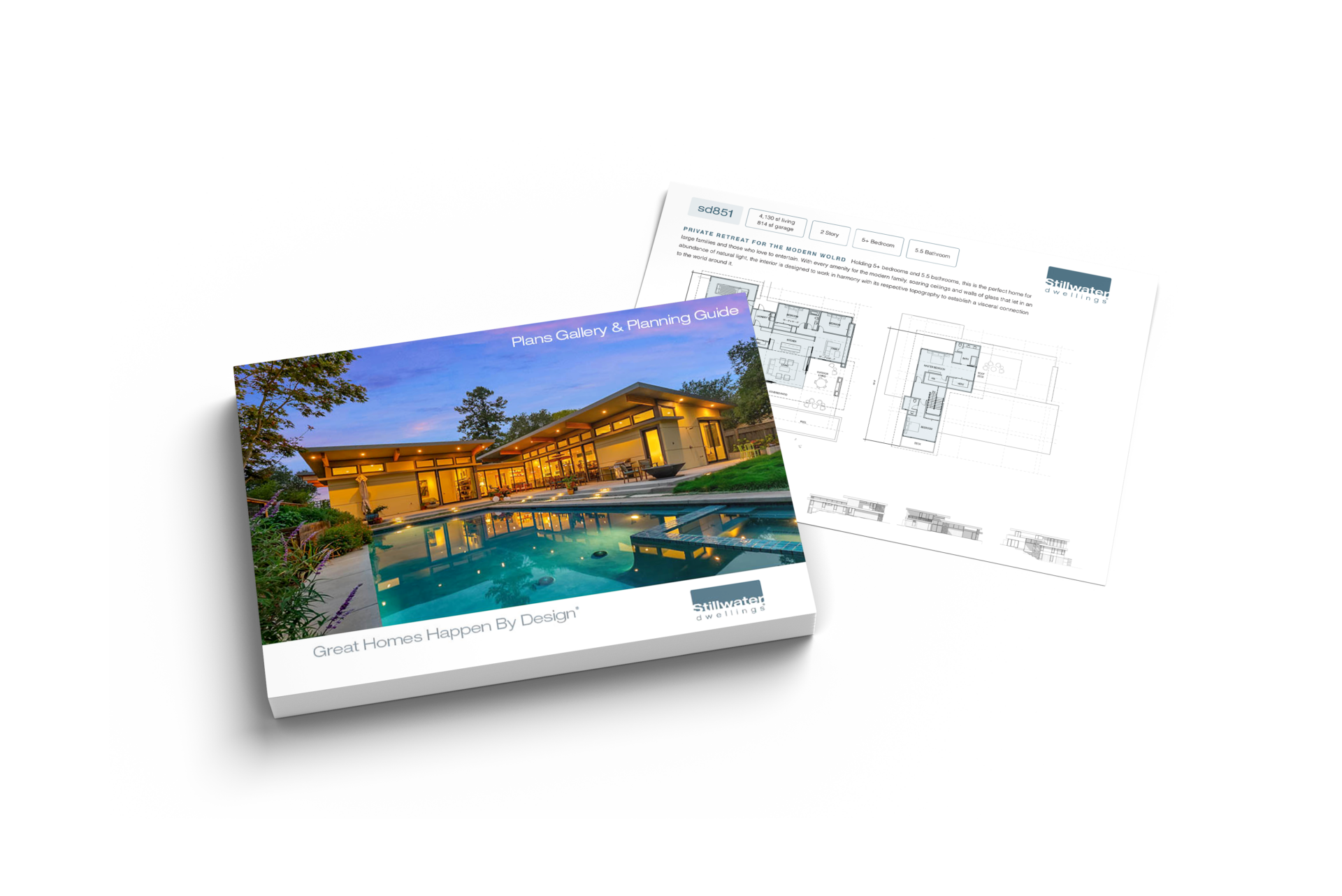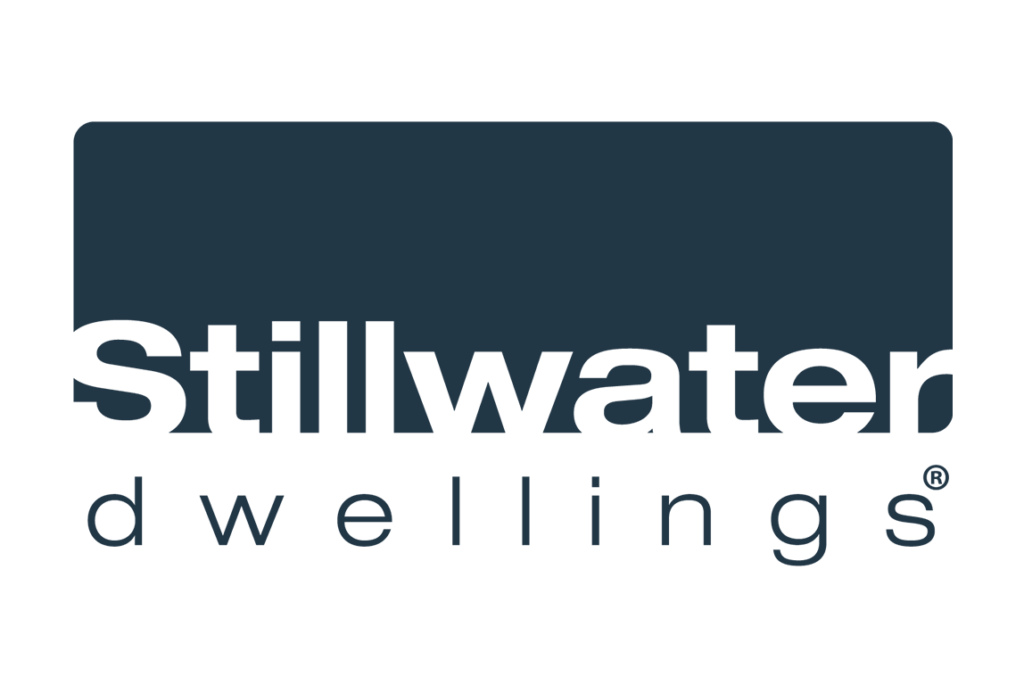At Stillwater Dwellings, we are committed to sustainable practices. Green building is a time-tested and intuitive approach to creating environmentally sound buildings. It combines age-old wisdom with modern building systems and technology.
Here are some of the ways in which our designs and panelized building systems conserve resources, are energy efficient, and can create healthier indoor environments.
DESIGN
- Our LEED-Accredited architects are committed to structural integrity, energy performance and minimizing environmental impact.
- Mindful positioning of the home on the site to achieve optimal ventilation in summer as well as passive solar heating in cooler months.
- Home site placement and engineering carried out with consideration to conservation and natural assets preservation.
MATERIALS
- High-quality, engineered wood is used providing years of trouble-free, dependable use. Engineered wood also helps with the reduction of waste and decreased disposal costs. Wood is a highly renewable resource – 27% more timber is grown than harvested each year.
- Our standing seam metal roof lasts 40-60 years reducing, replacement, repair and waste.
- FSC certified hardwood floors are available.
- Kitchen and bathroom countertops made from recycled glass and porcelain are available.
ENERGY MANAGEMENT
- Hybrid insulation system that give the house a minimum R-50 value for the roof, R-28 for the walls, and R-30 for the floors.
- Photovoltaic and car charger ready.
- Full solar energy management solutions.
- Energy star appliances and lighting available.
- Designed to take advantage of passive heating/cooling solutions.
- Panelized production allows for an overall higher quality home built with greater precision, potentially reducing overall energy consumption 15-20% over stick-built homes.
EMBODIED ENERGY
Embodied energy is the total energy used to produce, transport and construct a home. According to the organization Architecture 2030, embodied energy often accounts for 15-20% of a building’s total energy use during a 50 year period. Using low embodied energy materials and processes reduce a home’s overall life cycle carbon footprint.
- Reduced material waste of up to 50% over stick-built homes.
- Reduction in deliveries to the site of up to 90%.
- Safer working conditions in a factory-controlled environment.
- Smaller construction footprint. Less truck traffic. Onsite construction process is shorter with less disruption to the environment and community in the form of noise and air pollution.
- Reduced operational energy.
- Prefabricated homes can be up to 25% faster to construct.
INDOOR ENVIRONMENT
- Homes are tightly insulated and assembled with optimal ventilation and air flow.
- Low VOC (volatile organic compounds) paint.
